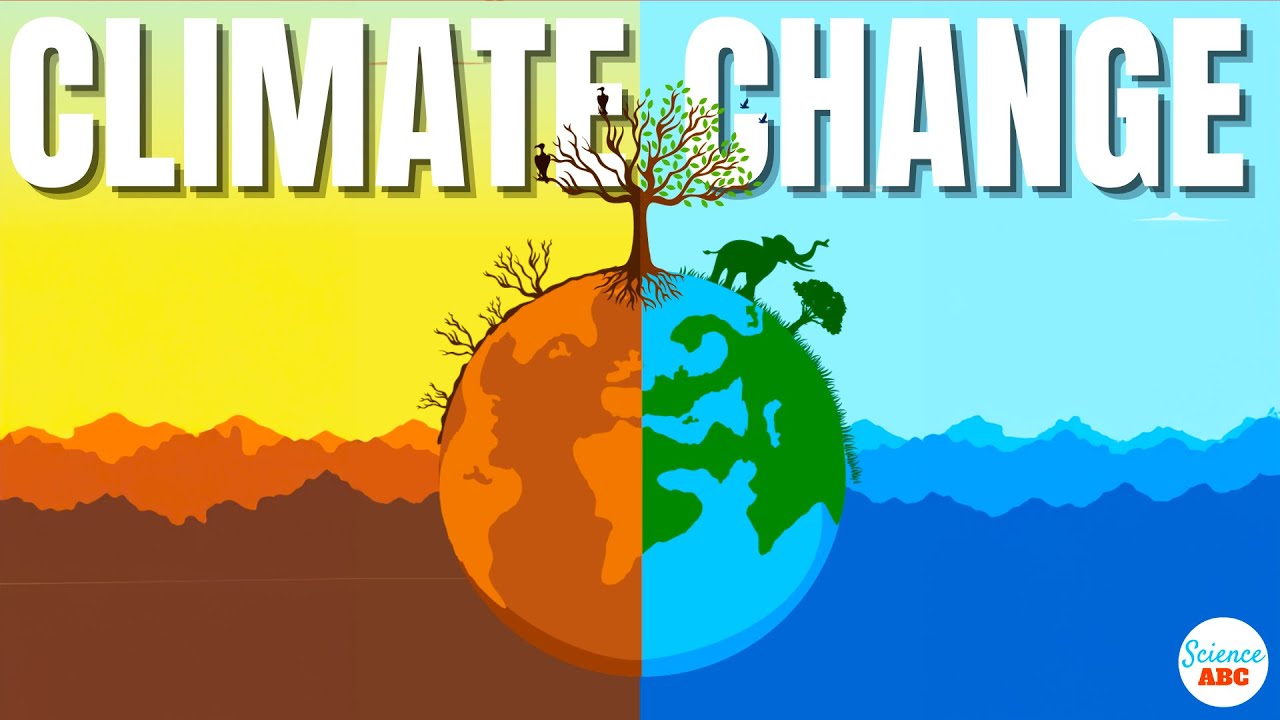For the past several years, minimalism has become much more than a lifestyle choice—it’s a movement toward intentional living and sustainable habits. With climate change posing an existential threat, many wonder: Could minimalism be the solution to fighting climate change? A resounding yes, is the answer. The idea of minimalism helps people and communities to decrease their ecological footprint and be part of the more sustainable tomorrow.
In this article we discuss the relationship between minimalism and climate change, and how living a minimalist lifestyle can have huge environmental benefits.
What is Minimalism?
Living with only what you need is called minimalism. The whole thing is about decluttering your life, and being more minimalist. This movement encourages people to:
- Buy less and choose better.
- Avoid unnecessary waste.
- Embrace mindful consumption.
Minimalism typically is linked to people’s health and well-being, but its principles are pretty much the same as climate change strategi.
Overconsumption and its Environmental Impact
Climate change is one of the leading drivers of overconsumption. Here are some key ways it harms the environment:
1. Resource Depletion:
In order to manufacture goods we require raw material, which is commonly achieved by deforestation, mining, and other resource intensive pursuits.
2. Carbon Emissions:
Greenhouse gases are emitted every stage of a product’s life cycle: from production to transport to disposal.
3. Waste Accumulation:
Droppings of discarded objects, for the most part it may be said to be non-biodegradable, which disseminate methane and different smut are mounting up in landfills.
Taking minimalism as an approach will directly handle these issues by emphasizing the changes in consumption. Asking Can minimum help fight climate change? brings us one step closer to understanding how reducing our material goods can decrease our carbon footprint.
How Minimalism can Help Mitigate Climate Change
1. Reduction in Carbon Footprint
Reducing what is purchased directly reduces carbon emissions.
For example:
Clothing:
There is an enormous amount of global emissions associated with the fast fashion industry. Reducing demand for fast fashion is done by buyers of minimalists through buying less and of a higher quality.
Electronics:
This increases the life of electronic devices and decreases e-waste and the emissions from manufacturing and it shipping.
2. Lower Energy Consumption
Minimalist homes, as a rule, use less energy. With fewer appliances and less clutter, it becomes easier to conserve energy through practices like:
- The energy efficient use of lights.
- Reduces heating and cooling needs.
3. Waste Reduction
In a minimalist lifestyle, being more of a recycler than a thrower away. Examples include:
- Saving money by switching to reusable items like water bottles, shopping bags and reusable shopping bags.
- Turning organic waste into a compost, in order to reduce landfill contributions.
4. Sustainable Businesses support.
Quality and sustainability are two of a minimalist’s priorities. However, this creates a push into the market for ethical brands and eco friendly practices that is forcing industries to adopt greener solutions.
Minimalism as a Practical Step for Climate Action
1. Measure Your Consumption Habits
First things first, determine what you actually need and not what you actually want. Ask yourself:
- How often do I use this item?
- Should I rather borrow or rent than buy?
By making intentional choices, you’ll avoid purchasing items you don’t need, and these items come with their own environmental costs.
2. Adopt a Capsule Wardrobe
It’s a big toll on the environment of the fashion industry. A capsule wardrobe — a small set that can be worn over and over again — is a minimalist approach that cuts back on wastefulness and, ideally, on your wallets.
3. Opt for Quality Over Quantity
Spend your money on durable over disposables or cheap, cheap products. It’s not only a waste reduction, but it’s also good for resources in the future.
4. Reduce, Reuse, Recycle
Adopt the three R’s of sustainability:
1. Reduce:
Decrease consumption only to necessities.
2. Reuse:
Repurpose creatively items.
3. Recycle:
Don’t mindlessly waste materials in landfills.
5. Simplify Your Diet
A plant based diet has a smaller carbon footprint compared to one that’s heavy on the meat. Tiny houses are sustainable technologies like solar panels, which make them even less environmentally devastating.
Case Studies: Minimalism in Action
1. The Tiny House Movement
Smaller homes allow for less energy consumption, and promote minimalism. Sustainable technologies such as solar panels are often a part of tiny houses as well, making them even less environmentally damaging.
2. Zero-Waste Communities
The minimalist communities are made of communities which are embracing zero-waste lifestyles. Living simply but avoiding single use plastics, composting organic waste, these groups prove that systemic change can be driven by living simply.
3. Corporate Minimalism
A few companies go minimalist, cutting packaging, streamlining supply chains, and deciding on greener choices. Enabling such businesses intensifies the effect of personal actions.
Challenges to living minimally are insurmountable.
While minimalism offers numerous benefits, it’s not without challenges:
1. Cultural Norms:
It is hard to resist societal pressure to consume. It is about a change of mind and surround with a supporting community.
2. Accessibility:
Especially in the case of sustainable products, they are usually more expensive. But paying more up front counters the lower overall buying.
3. Transition Period:
It can feel totally overwhelming to declutter and change your habits. Begin small and base yourself on long term benefits.
The Broader Implications of Minimalism
Minimalism is more than a personal carbon footprint – it’s leading systemic change. When enough individuals adopt minimalist lifestyles, they:
1. Shift Market Trends:
Reduced buying of wasteful products compels industries to cut corners and go with sustainable methods.
2. Inspire Policy Changes:
Political action is generally done through grassroots movements. It is as simple as getting minimalists advocating environmental reform — as they hasten climate change mitigation.
3. Build Resilient Communities:
Secondly, minimalist principles focus on resource sharing and cooperation to strengthen, more sustainable communities.
Final Thoughts (Conclusions)
Can minimalism help fight climate change? The evidence is clear. Minimalism provides an effective means of combating the climate crisis through consuming less, wasting less and making supporting sustainability a higher priority.
It is a life that plants good seeds in each and every person that helps grow the benefits of good life, and goes on to do the ripple effect of collective action and systemic change.
But decluttering your home isn’t adopting minimalism; it’s just about choosing more minimal things to simplify our lives, which is a positive addition to a cleaner planet. The more people adapt this form of life, the more exponentially we are making this an impactful impact on the environment.
To create a sustainable future, we can pave the way together, through small but intentional actions.




Can you be more specific about the content of your article? After reading it, I still have some doubts. Hope you can help me.
Hello. Thanks for reaching out to us. You can visit our website for more article and clear your doubts. Thankyou
Thank you for your sharing. I am worried that I lack creative ideas. It is your article that makes me full of hope. Thank you. But, I have a question, can you help me?